Why do we celebrate Christmas?
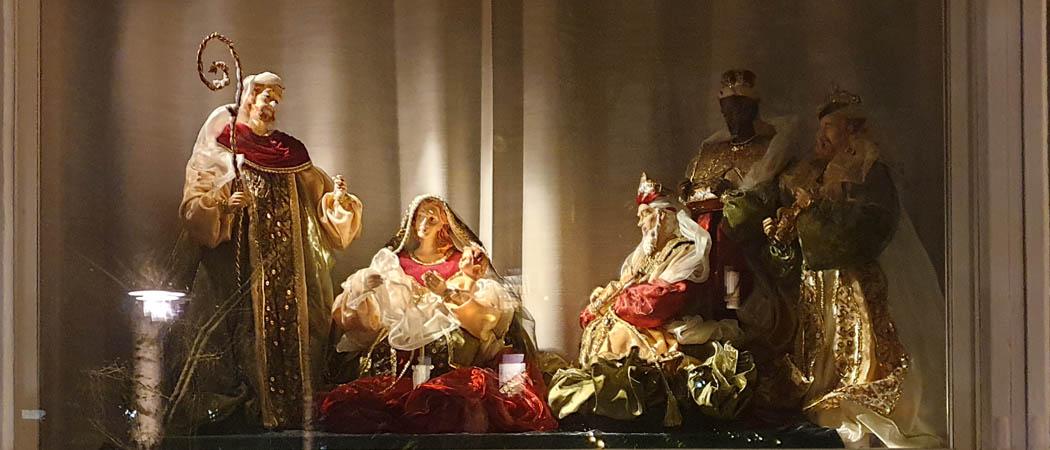
Christmas holidays lead to the Christmas atmosphere
The most popular celebration of the church year is Christmas Eve. At that time, we remember the promises of the prophets and ponder over the longing for salvation as well as the promise of the Savior.
Christmas night is celebrated as the night of Jesus' birth, although the exact time of the birth is not known. The commemoration of the birth of Christ is held at the darkest time of the year, around the time of the winter solstice, when the day begins to be longer than the night again. The celebration of Christ's birth was placed at a time which had already been associated with religious celebrations in pre-Christian times. For example, the ancient Romans celebrated the Midwinter festival of Saturnalia between December 17 and 23. At the winter solstice, December 25, according to the Roman calendar, the Day of the Invincible Sun was celebrated. The Finnish word joulu comes from the ancient Germanic name yule, the celebration of the winter solstice.
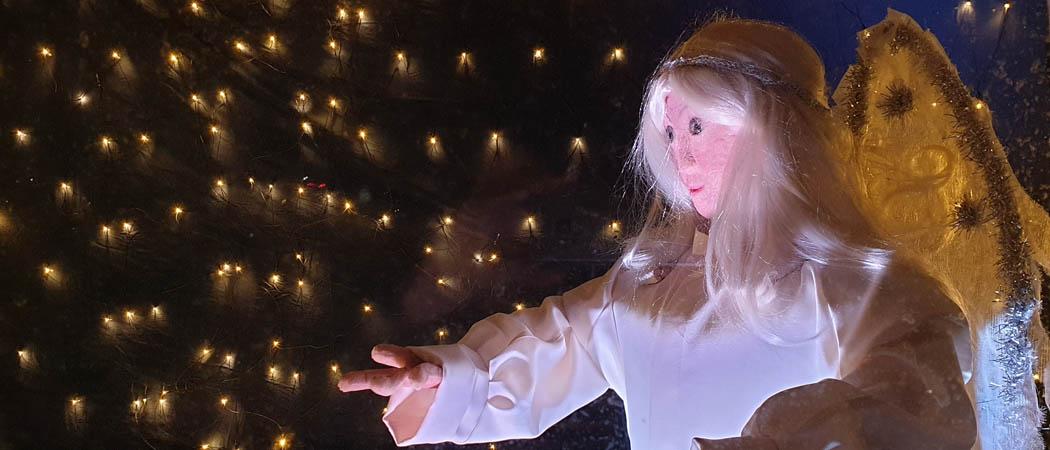
Celebrating Christ's birth right at this time symbolizes in a beautiful way the victory of light over darkness: Christ is born, give thanks. The Christmas Eve mass is the main event of the Christmas celebration in many parishes.
The Christmas morning service takes us back to the shepherds in Bethlehem, who were the first to arrive "to see the greatest love" and rejoice in the miracle of birth. The liturgical color of the Christmas ceremony is white.
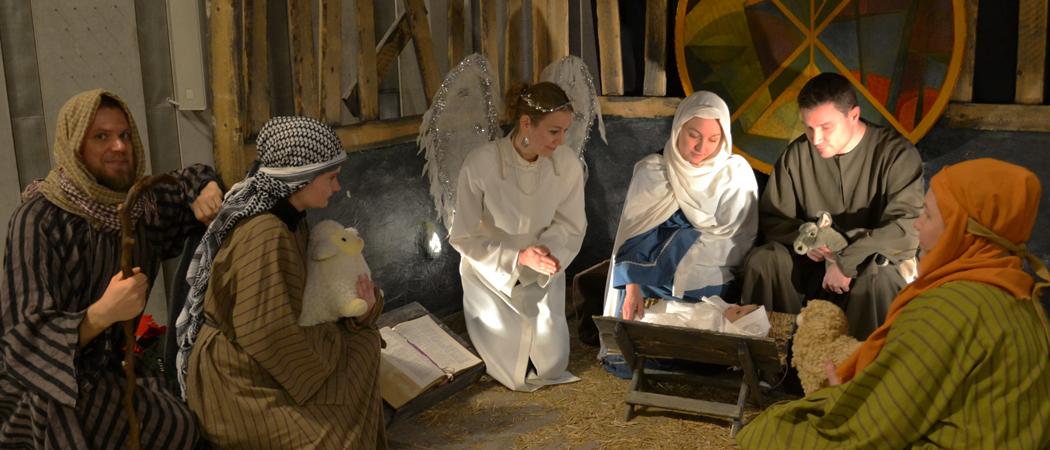
The second day of Christmas, or Boxing Day, is the day of commemoration of the first martyr Stefanos, and at the same time that of all martyrs. The liturgical color of the celebration is red.
December 27, or the third day of Christmas, is dedicated to John the apostle, the author of the fourth gospel. John reminds us of God's love, which obliges Christians to love one another. The liturgical color of the celebration is white.
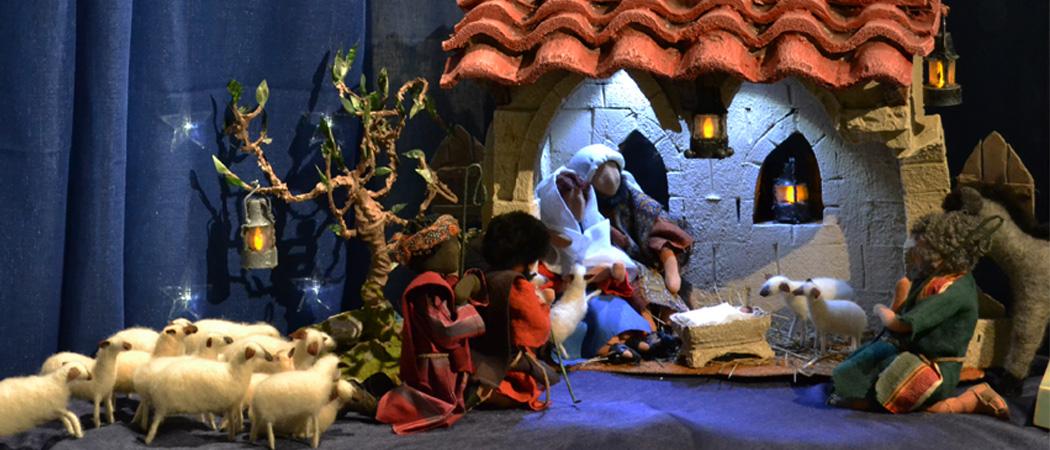
The fourth day of Christmas is associated with the message that faith can also include martyrdom. The Day of Innocent Children is celebrated on December 28 and the flight of Joseph, Mary and the baby Jesus to Egypt is remembered. The liturgical color of the celebration is white or red.
A new year brings with it a new opportunity
In the Christian tradition, New Year's Day is the post-Christmas feast, which is celebrated on the eighth day after Christmas Eve. The coming year will stop us to reflect and remember that our lives are in God's hands. The texts of the first day of January provide an account of the meaning of the name of Jesus and recommend trusting in the name of Jesus in the coming year as well. The liturgical color of the celebration is white.
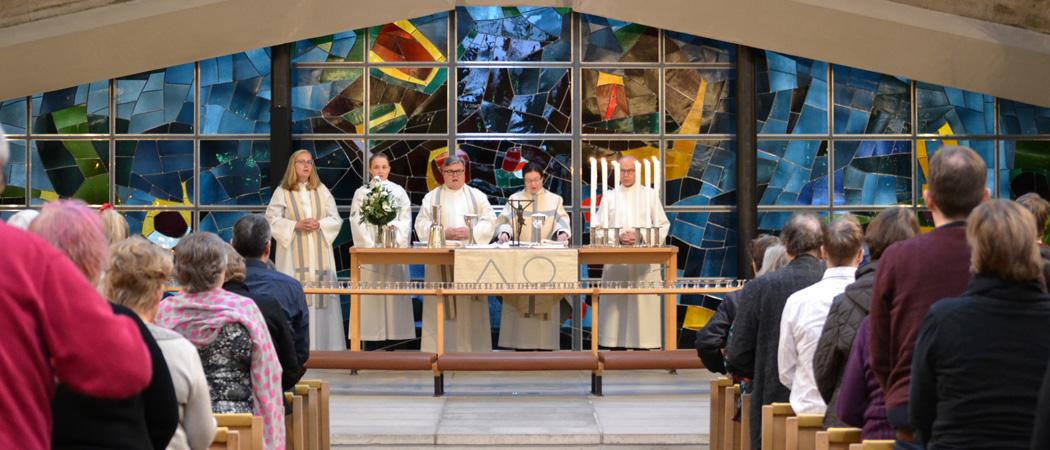
Epiphany marks the end of Christmas season
Epiphany is one of the oldest feasts in Christendom, older than Christmas. Epiphany already took root in the 2nd century, when it was celebrated as the birth of Jesus. At that time, the timing of the celebration was 6.1. The theme of the epiphany is the account of the wise men from the East who came to pay tribute to the newly-born king of the Jews. The wise men were representatives of foreign nations. This is an indication that Christ is a light for all the nations of the world. This is how Epiphany reminds us of the mission of the church. The message of Christmas belongs to everyone.
The traditional name for epiphany is epifania, the appearance of the Lord. It is one of the great feasts of Christ. On this occasion, the liturgical color is white and there are six altar candles. The Finnish name of Epiphany comes from the 17th century, and means the end of the Christmas holidays.






